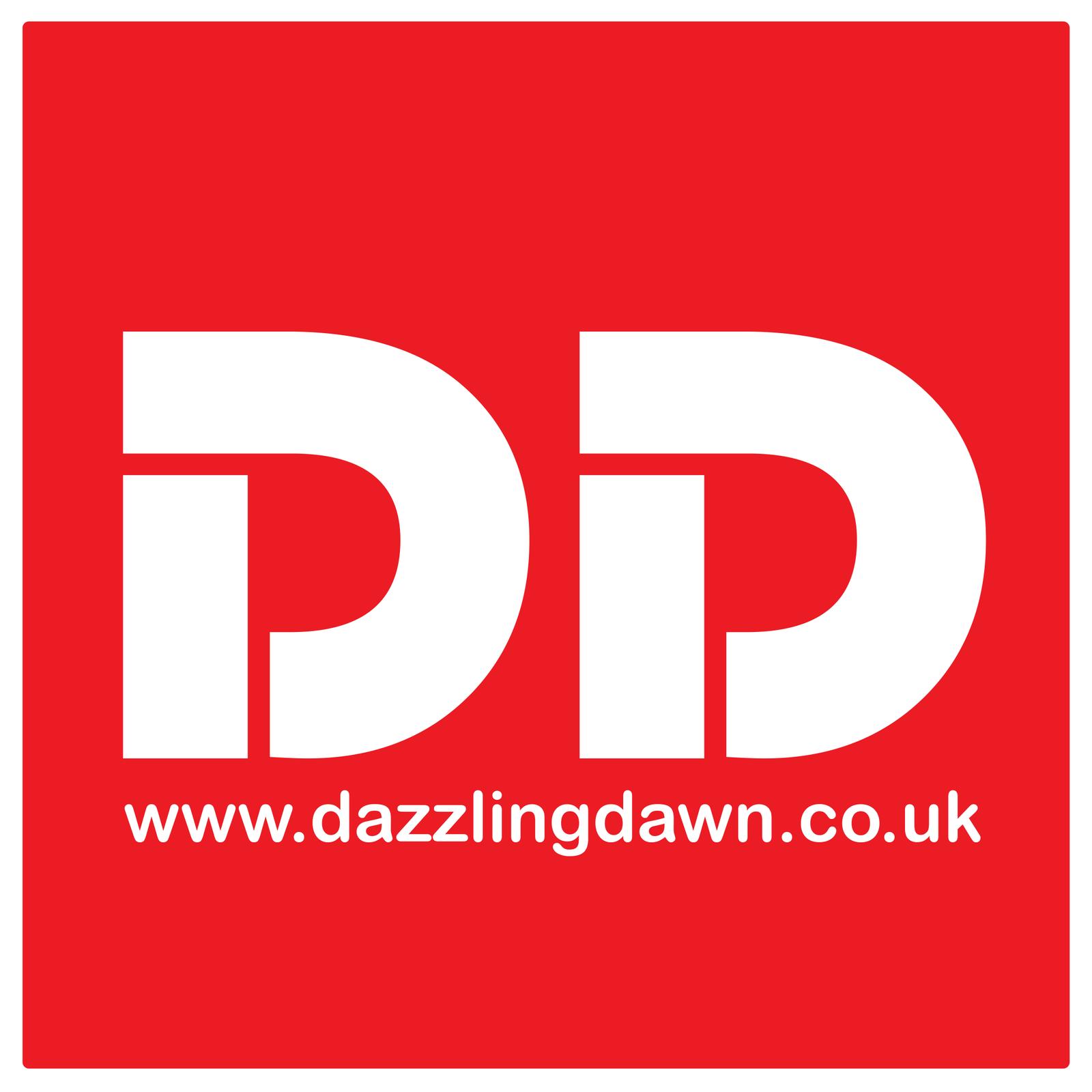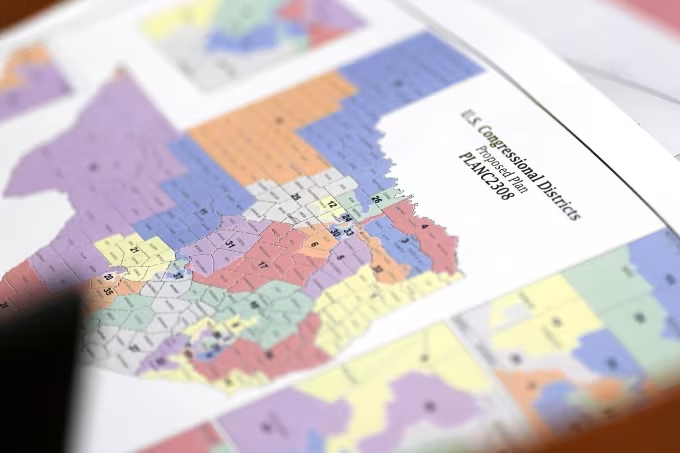Six months into President Donald Trump's second term, a wave of economic uncertainty is causing a significant shift in American consumer behavior. Reports show that spending growth has slowed dramatically, with many households feeling the pinch of rising costs and a sluggish job market. This caution is a clear signal of growing anxiety over the economic future, a sentiment that echoes across other major global economies facing similar challenges.
Data from the U.S. Bureau of Economic Analysis reveals that consumer spending, a vital engine of the American economy, saw only a marginal increase of 0.3% in June 2025, a month after a flat reading in May. When adjusted for inflation, this growth is nearly negligible, reflecting a widespread reluctance to make discretionary purchases. This trend is a stark contrast to the more robust spending seen in previous years and suggests that consumers are tightening their belts in response to a combination of factors.
A major contributor to this unease is the recent round of tariffs announced by the Trump administration. These tariffs, which took effect on August 1, are forecast to increase the cost of imported goods, with analysts projecting a significant financial burden on the average American household. The White House has defended the tariffs as a necessary measure to protect domestic industries, but businesses and consumers are already feeling the impact on prices for everything from electronics to furniture.
Further fueling the fire of economic anxiety is a mixed and underwhelming jobs report. The U.S. economy added a mere 73,000 jobs in July, falling well short of economists' expectations. This lackluster performance, combined with downward revisions of previous months' job creation figures, has painted a picture of a decelerating labor market. While the unemployment rate remains low at 4.2%, the number of Americans working part-time for economic reasons and the ranks of the long-term unemployed are on the rise, indicating a weakening job market that is not providing the security many Americans need.
This domestic picture of uncertainty is mirrored on a global scale. The Organization for Economic Co-operation and Development (OECD) projects a global economic slowdown, citing trade policy uncertainty and high inflation as key factors. Global growth is expected to slow, with the United States seeing a projected decline in GDP growth. This interconnectedness means that trade tensions and economic headwinds in one region can quickly affect others, creating a shared sense of financial precariousness that is driving cautious behavior among consumers worldwide.
For many Americans, this time "feels different" from past economic downturns, a sentiment that is palpable in their spending habits. As prices for essentials like groceries and housing continue to climb, a growing number of consumers are prioritizing savings and cutting back on non-essential purchases, from new vehicles to leisure travel. This cautious approach is impacting a wide range of industries, from small parts manufacturers in Detroit to major retail chains, signaling that the ripple effects of economic uncertainty are just beginning to be felt.
Meta Description: Americans are cutting spending amid economic uncertainty, driven by new tariffs, a slow job market, and rising costs. This in-depth news report covers the latest data and global context of the financial shift.
Meta Keywords: Consumer spending, economic uncertainty, tariffs, US economy, job report, inflation, Donald Trump, financial crisis, global economy, consumer confidence








.svg)



_2.jpg)
_2.jpg)
_1.jpg)